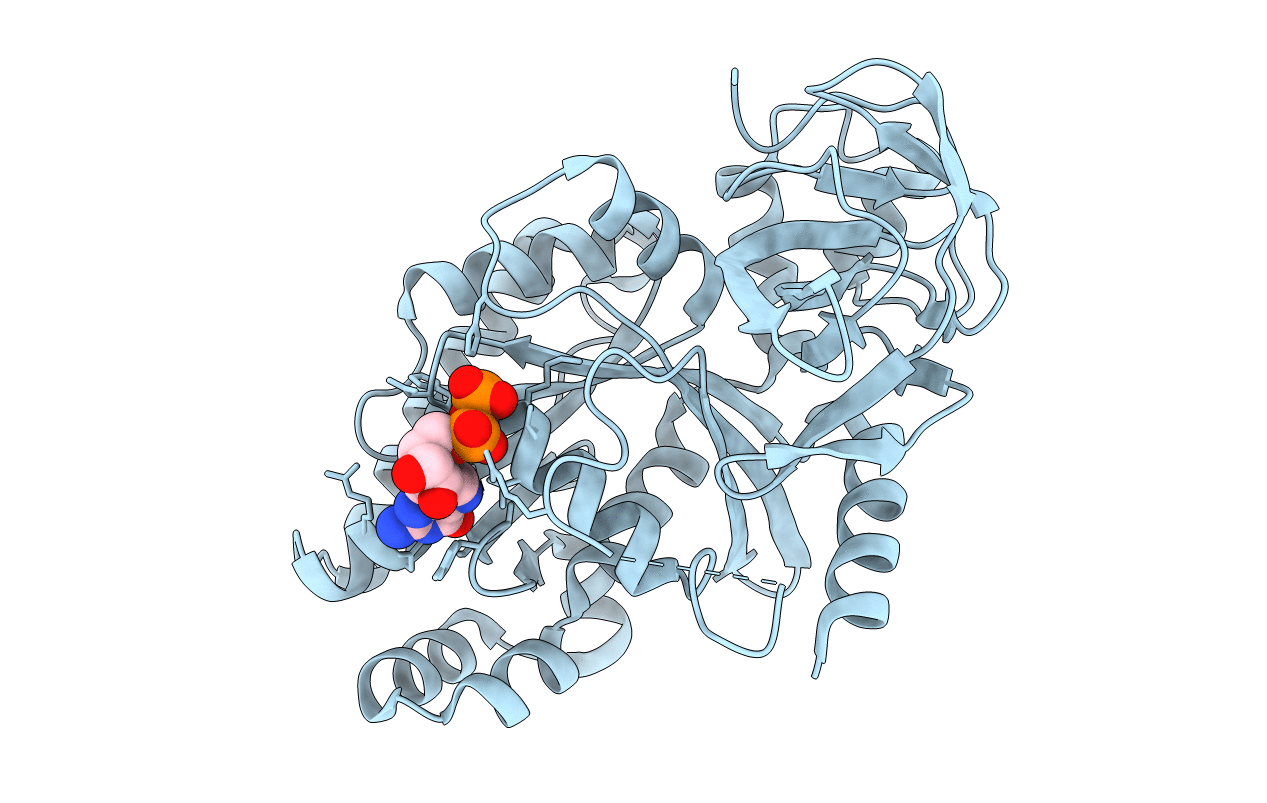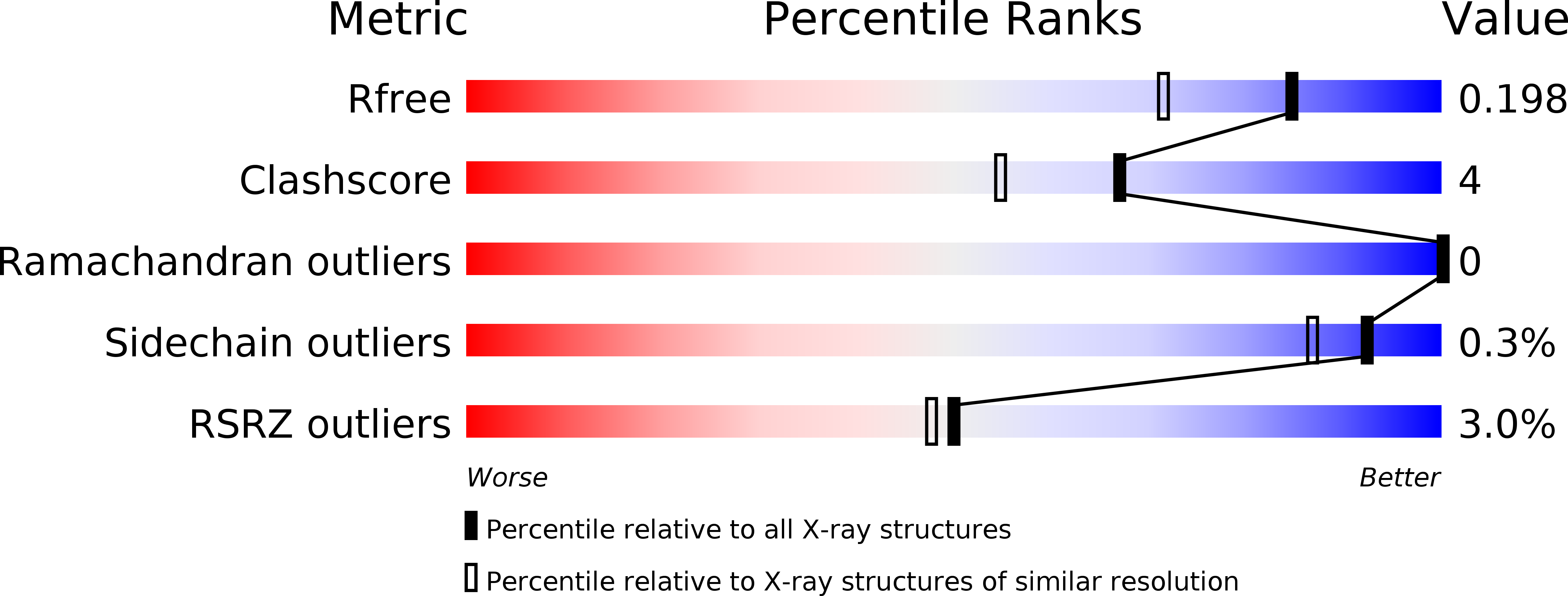
Deposition Date
2016-11-18
Release Date
2018-02-21
Last Version Date
2024-03-20
Entry Detail
Biological Source:
Source Organism:
Pyrococcus horikoshii OT3 (Taxon ID: 70601)
Host Organism:
Method Details:
Experimental Method:
Resolution:
1.60 Å
R-Value Free:
0.19
R-Value Work:
0.17
R-Value Observed:
0.17
Space Group:
P 21 21 21


